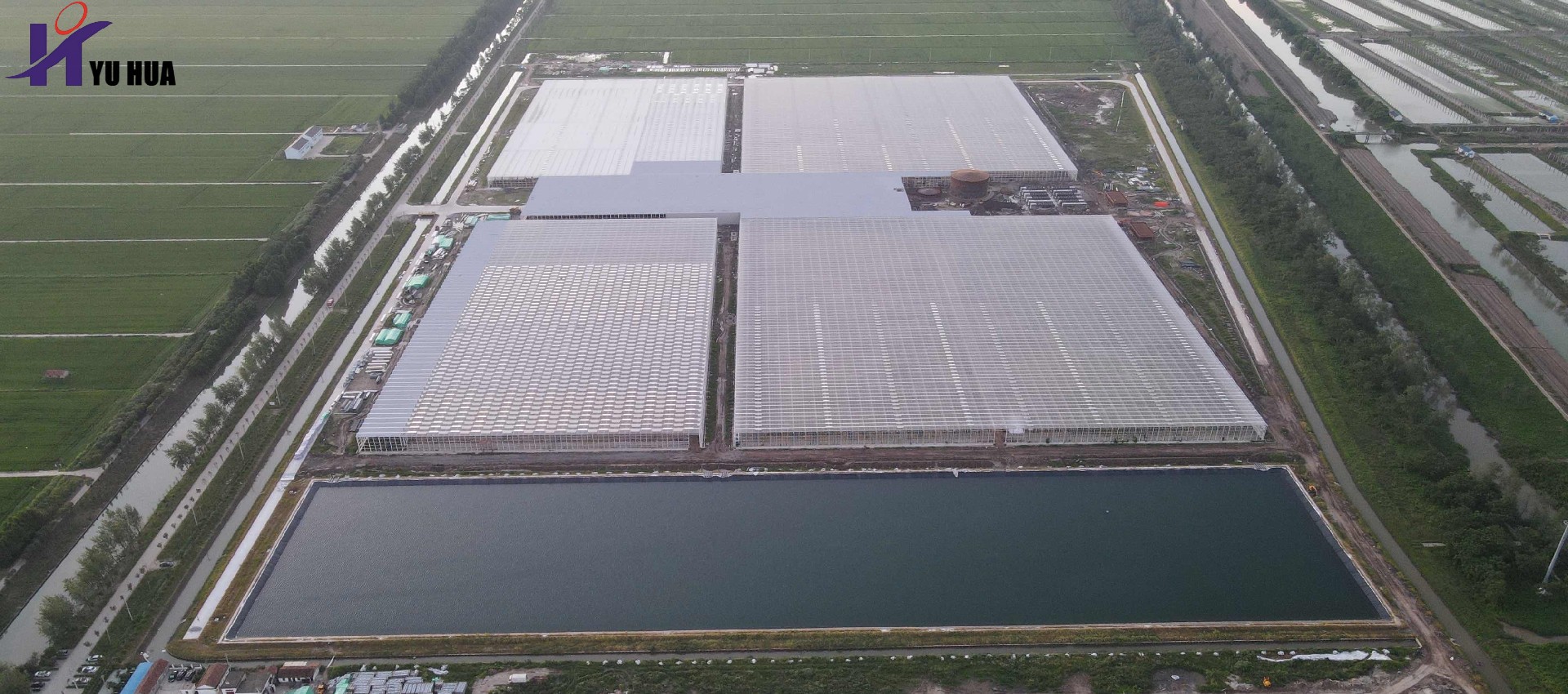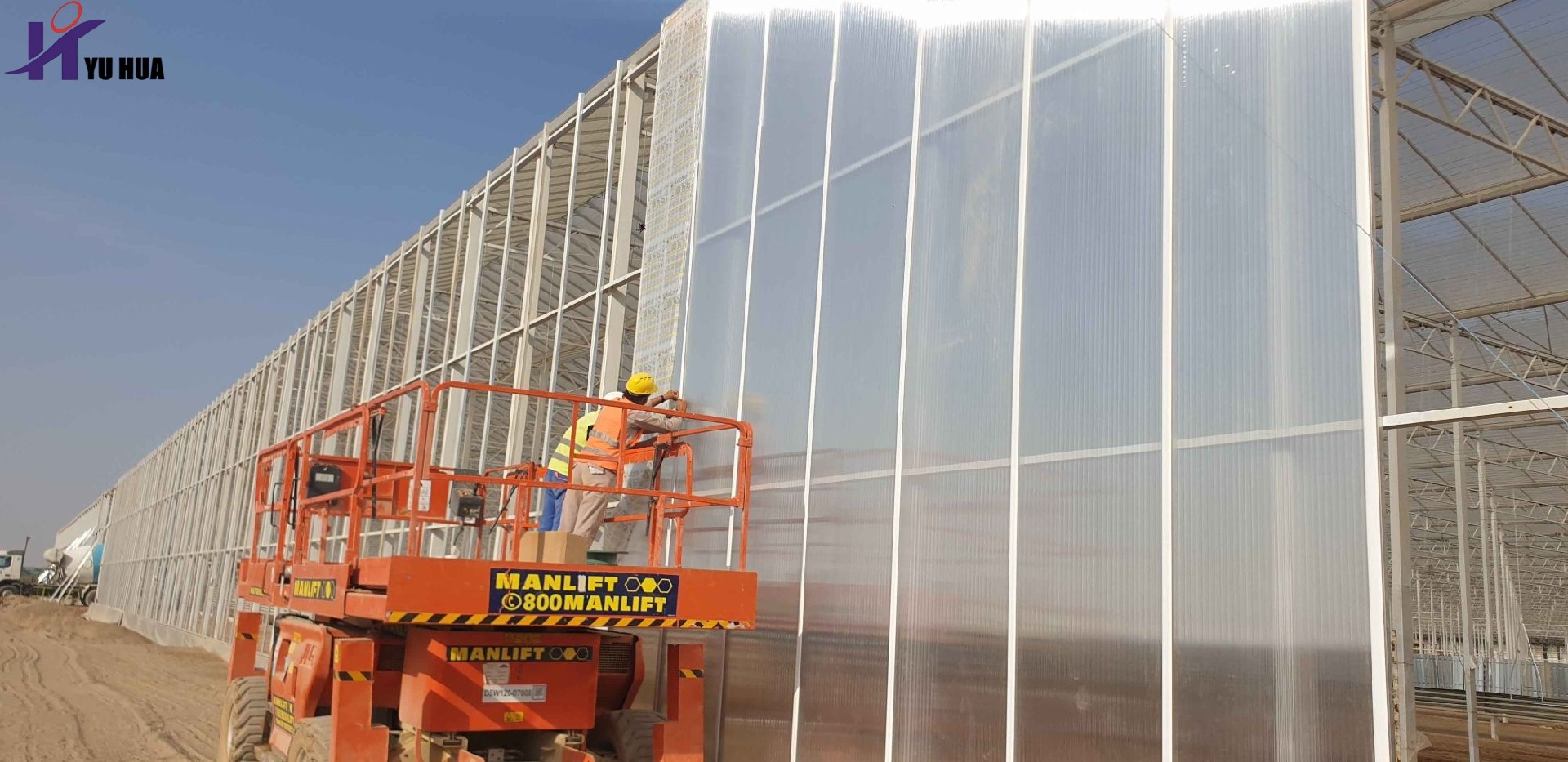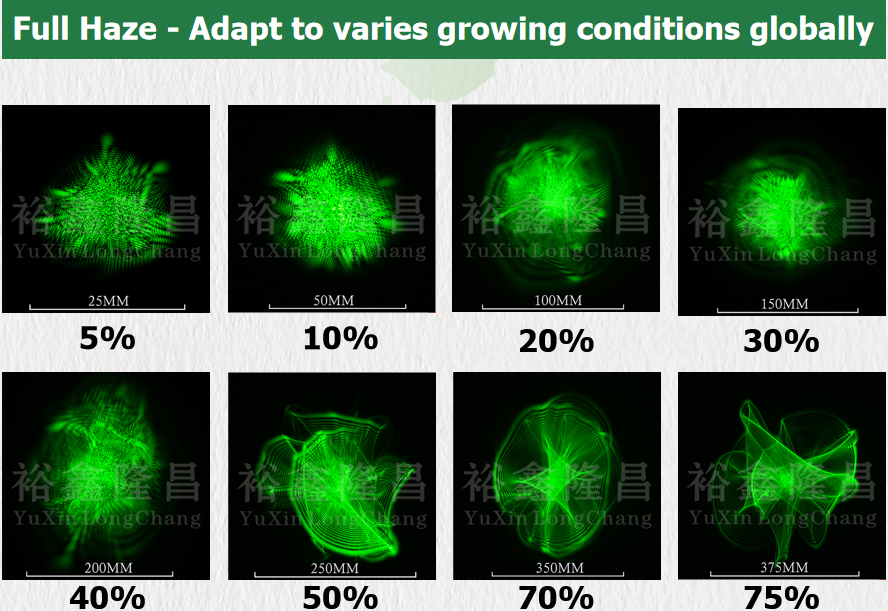
The most suitable type of glass for greenhouses
Glass greenhouse is the highest product of greenhouse, with a complete management and planting system, and strict requirements for the selection of greenhouse glass profiles; the glass greenhouse we are talking about is fully customized, and the customization is only the size, and there are clear requirements for other technical specifications of greenhouse glass;

Currently, there are two types of glass used for greenhouse top glass, one is scattering glass and the other is anti-reflection glass.
Both scattering glass and anti-reflection glass are ultra-white embossed glass, and the embossing process gives the glass different haze specifications and different hemispherical transmittances. Ensure that the greenhouse has suitable glass specifications to choose at all longitudes and latitudes. The etching coating process gives the glass a higher transmittance. We often say that one sunshine one harvest, and higher transmittance is a necessary condition to ensure the high production capacity of the greenhouse.
The special embossing process gives scattering glass various specifications of haze, that is, hemispherical transmittance. According to the different hemispherical transmittances, it is possible to better choose the type of glass suitable for lighting needs. Combined with the crops grown in the greenhouse, the more stringent requirements for glass transmittance standards are currently used in the market. The greenhouse glass is scattering glass and anti-reflection glass. They are all translucent but opaque glass. The reason for the opacity is the influence of the scattering process, which scatters the light entering the greenhouse, ensuring the coverage area of the light inside the greenhouse, and sufficient light penetrating through the layers of leaves to ensure that the light can reach the bottom of the greenhouse to prevent the growth of diseases such as gray mold on the roots of crops.

Transmission refers to a higher light transmittance. The light transmittance here does not refer to ultraviolet light, but to light in the blue-violet light, red light and other bands, which are all light bands that are conducive to crop growth.
When purchasing greenhouse glass, it is recommended to consult a professional factory. It is not that the product is called scattering glass. The most important thing is to look at a series of comprehensive considerations such as the transmittance test report, project, customer, technical standards, etc.
The diffuse glass and AR-coated diffuse glass produced by Yuhua have cooperated with many large commercial greenhouses in agriculture, horticulture, nurseries and experiments. We have cooperated with large greenhouse project companies such as Havecon, Van Der Hoeven, Kubo, etc. for many years. Yuhua greenhouse glass has a light transmittance of up to 99%, and haze 5/10/20/30/50/70/75 greenhouse diffuse glass is available!
Need more detailed information or a solution of greenhouse glass? Need guidance on how to choose the right glass for your greenhouse?
Consult online customer service, leave us a message or send us an email!

Tags:anti-reflective glass diffuse glass agricultural greenhouses glass greenhouse venlo greenhouse AR glass greenhouses glass agricultural glass horticultural glass #greenhouseglass #Antireflectiveglass #Diffusetemperedglass #Ultrawhitefloatglass #agriculturalgreenhouseglass #diffuseglass #horticulturalglass #Tomatogreenhouse #Coloredpeppergreenhouse #Lettucegreenhouse #Agriculturalgreenhouse #ARglass #venlogreenhouse #greenhouseglass #Antireflectiveglass #Diffusetemperedglass #Ultrawhitefloatglass #agriculturalgreenhouseglass #diffuseglass #horticulturalglass #Tomatogreenhouse #Coloredpeppergreenhouse #Lettucegreenhouse #Agriculturalgreenhouse #ARglass #venlogreenhouse #GlassManufacturer #invernadero #ArchitecturalGlass #ClearFloatGlass #FloatGlass
Previous:3-What is the Location for Your Greenhouse?
Next:The role of Yuhua Pear anti-reflective glass in energy saving and emission reduction



















